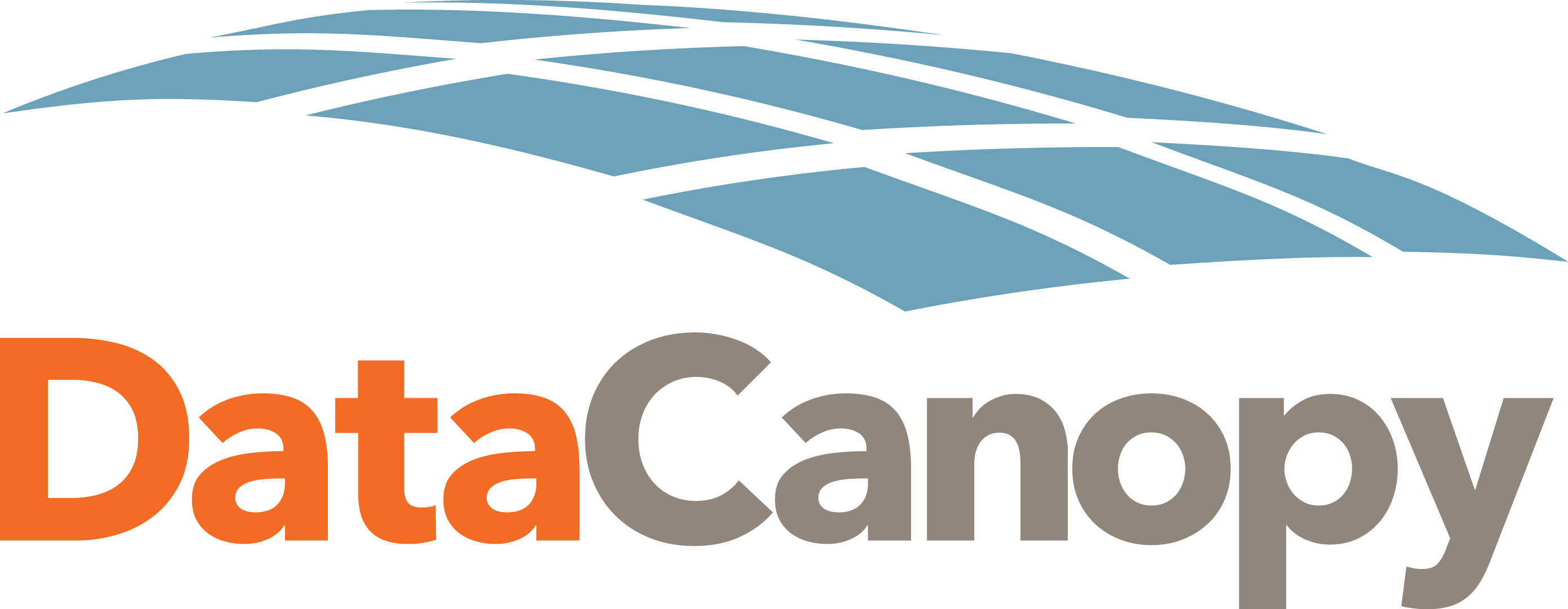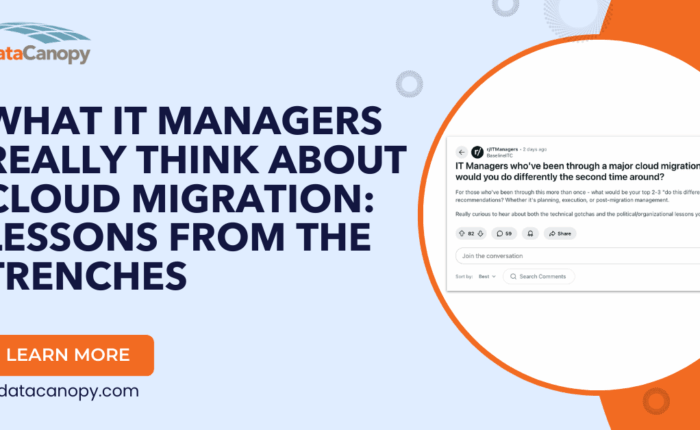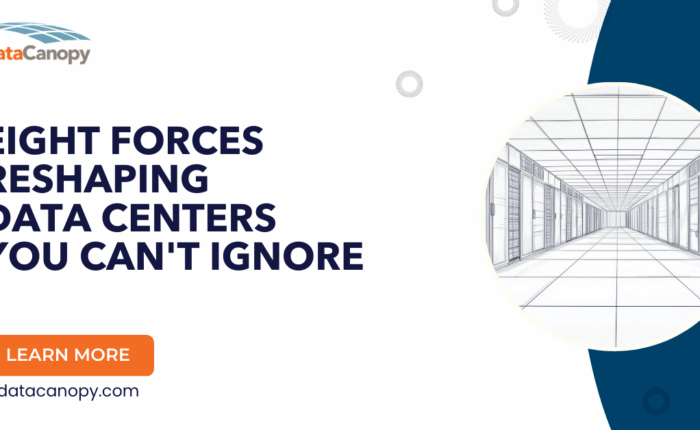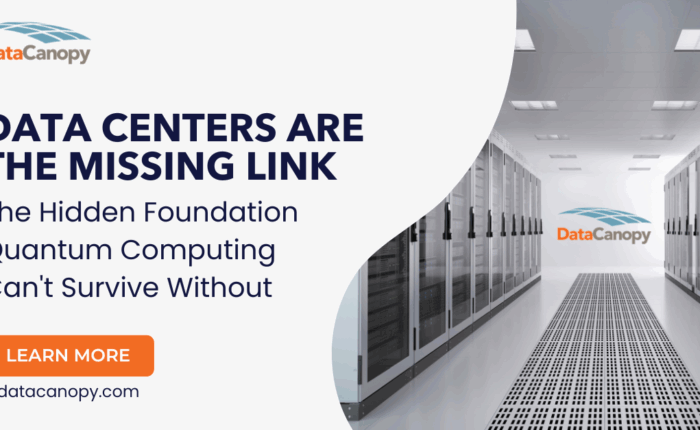Recently I’ve found that, when it comes to data center opportunities, there are often gaps in what is quoted versus what customers actually require. For that reason, I have written a series of blog posts to help simplify the qualification process for data center deals and help procurement specialists get the best deal possible when purchasing data center.
In this installment, let’s discuss what questions you should have answered before approaching a vendor(s) for colocation:
- How much space do you need?
- This could be presented as RU (Rack Units), or as cabinets or cages. “Cabinets” and “Racks” are interchangeable terms and are standardly 42 or 48U, with variations available. Cages are enclosures built around a set of cabinets/racks.
- How much power do you need?
- Power in the data center is measured in kilowatts (kW), or 1000 Watts. There are a couple of ways to calculate this, whether it is based on current measurable load, or for new gear, they all list their max wattage output. Keep in mind that most hardware does not run at max wattage consistently. Your vendor can help you further assess this.
- What bandwidth speed do you require?
- Speed is the important piece here, not amount of data transferred. This is measured in either mbps, or gbps. One can typically measure current usage if there is a current environment. If that is not the case, one thing I always suggest is start low, and grow. Most bandwidth solutions within data centers are burstable, meaning you can exceed your committed limit from time to time, and can be measured and increased as needed
- Are there any compliance requirements?
- Most data centers have some level of compliance, but what does your business need? Some examples are HIPAA for healthcare, FISMA for government work, and PCI-DSS for financial services companies. Different industries require different compliances, but this can help to narrow down your data center search
- Do you currently or do you plan to connect to a public cloud?
- This matters if you will need access to Direct Connect into AWS or Express Route into Azure. These can help to connect data center environments to public clouds and reduce overall data transfer costs. Even if you don’t have public cloud today, it may be valuable to have the option available in the data center you select for the future.
- How long do you plan to reside in the facility?
- The average data center customer stays in a chosen facility for 7-9 years. If you know you don’t plan to move in the shorter term, you can typically negotiate a better cost on longer term leases.
Once you, or your customer, can answer those key questions when planning for a data center move, you will be positioned to get the best possible solution for your needs. If you would like to discuss your next data center opportunity or have any questions, please feel free to contact Data Canopy at contact@datacanopy.com.



